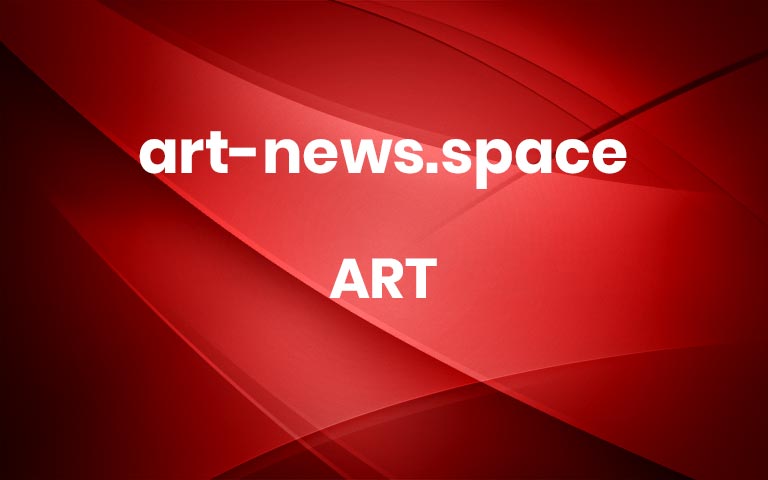Art
Craft
Photography
#booksDecember 8, 2021ColossalBefore we (eagerly) say goodbye to 2021, we’re taking a look back at the year, starting with the books we covered on Colossal. Throughout the past 12 months, we published dozens of articles centered on new artist monographs and tomes surveying broader topics that range from art and design to science and history. We’ve gathered our top 10 below, although you can browse nearly every title we mentioned on the site on Bookshop.Nature’s Palette: A Color Reference System from the Natural WorldNature’s Palette: A Color Reference System from the Natural World pairs 110 color swatches from the 19th-century catalog Werner’s Nomenclature of Colours with more than 800 illustrations of the animals, plants, and minerals detailed in the descriptions. The comprehensive visual compendium ranges from large renderings of red coral to full-page charts spanning fine-grained marble to smoky quartz.Available from BookshopHilma AF Klint: The Complete Catalogue Raisonné: Volumes I-VIIThroughout her lifetime, the Swedish artist Hilma af Klint created more than 1,600 pieces, an impressive output collected in Hilma AF Klint: The Complete Catalogue Raisonné: Volumes I-VII. The seven-volume series is organized both chronologically and by theme and shares a breadth of her colorful, spiritually-minded body of work.Volumes I—IV are available on Bookshop and the remaining three are available for pre-orderAfrican Artists: From 1882 to NowOne of the most expansive volumes of its kind, African Artists: From 1882 to Now compiles a broad sampling of works from more than 300 modern and contemporary artists born or living on the continent. Within its 350-plus pages, the massive text spans a range of mediums and aesthetics, from Mary Sibande’s sprawling postcolonial installations and Wangechi Mutu’s fantastical watercolor collages to the cotton-embroidered photographs by Joana Choumali.Available from PhaidonBird: Exploring the Winged WorldBird: Exploring the Winged World is an extensive celebration of feathered creatures across thousands of years of art, science, and popular culture. The stunning, 352-page volume compiles works from hundreds of artists, illustrators, photographers, and designers who choose ostriches, flamingos, and other avians as their central motifs.Available from PhaidonPaperists: Infinite Possibilities in Paper Art Spanning 256 pages, Paperists: Infinite Possibilities in Paper Art explores the unexpected ways the medium is used today, sharing a range of collages, quilled portraits, and intricately cut landscapes from 24 artists and studios around the globe.Available from BookshopThirty-Six Views of Mount FujiAn XXL edition from Taschen is an homage to renowned Japanese ukiyo-e artist Katsushika Hokusai (1760-1849) and his iconic woodblock print series, Thirty-Six Views of Mount Fuji. Compiling the artist’s original 36 artworks and the ten pieces he created following the success of the initial collection, the tome celebrates the lauded artist and his fascination with Japan’s highest mountain.Available from TaschenBanksy Graffitied Walls and Wasn’t SorryBanksy Graffitied Walls and Wasn’t Sorry introduces the life and work of the anonymous street artist to some of the youngest readers. The 48-page book is cleverly written as a plainspoken autobiography and references Dismaland, his “Better Out Than In” residency in New York, and signature rats.Available from PhaidonFrida Kahlo. The Complete PaintingsAn enormous book explores the life and work of famed Mexican artist Frida Kahlo (1907–1954). Spanning 624 pages and weighing nearly 12 pounds, Frida Kahlo. The Complete Paintings compiles all 152 of her works paired with diary pages, letters, drawings, an illustrated biography, and hundreds of photos that glimpse moments from Kahlo’s life with her husband and muralist Diego Rivera and of the Casa Azul, her home in Mexico CityAvailable from TaschenAmazôniaPhotographer Sebastião Salgado spent six years immersed in the Brazilian Amazon as he documented the world’s largest tropical rainforest in black-and-white. From wide, aerial shots framing the vegetation populating the landscape to sincere portraits of Indigenous peoples living throughout the region, Salgado’s images are a revealing and intimate study of the area and are compiled in Amazônia.Available from TaschenTwo Worlds: Above and Below the SeaFrom the coral-cloaked Kimbe Bay of Papua New Guinea to the icebergs of Antarctica’s Danco Island, the bisected photographs in David Doubilet’s book Two Worlds: Above and Below the Sea unveil the diverse ecosystems on either side of the water’s surface. The 128-page volume features 70 images from Doubilet’s 50-year career spent traveling the globe and pioneering the field of underwater photography.Available from Phaidon
#booksDo stories and artists like this matter to you? Become a Colossal Member and support independent arts publishing. Join a community of like-minded readers who are passionate about contemporary art, help support our interview series, gain access to partner discounts, and much more. Join now! Share this story More


